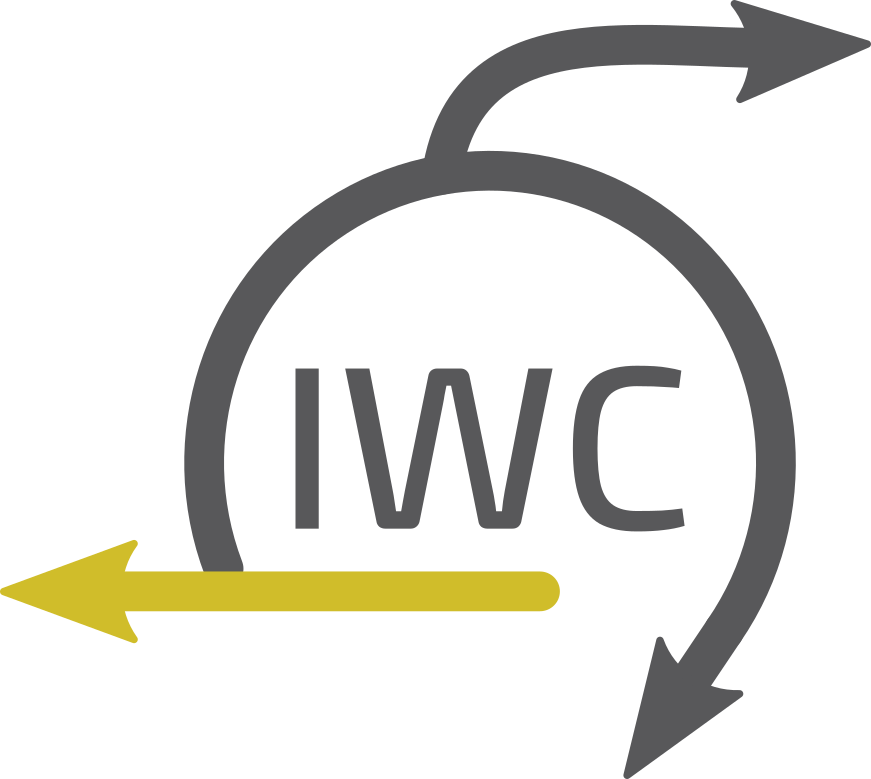Mass spectrometry: LC-MS preprocessing with XCMS
This workflow is composed with the XCMS tool R package (Smith, C.A. 2006) able to extract, filter, align and fill gapand the possibility to annotate isotopes, adducts and fragments using the CAMERA R package (Kuhl, C 2012). https://training.galaxyproject.org/training-material/topics/metabolomics/tutorials/lcms-preprocessing/tutorial.html
- Author(s):
- Release: 1.0
- License: MIT
- UniqueID: 4b4dda98-7422-4207-b9bd-62c11ce8e0f0
Mass spectrometry: LC-MS preprocessing with XCMS
This workflow uses the XCMS tool R package (Smith, C.A. 2006) to extract, filter, align and fill gaps, and uses the CAMERA R package (Kuhl, C 2012) to annotate isotopes, adducts and fragments.
🎓 For more information see the Galaxy Training Network tutorial: Mass spectrometry: LC-MS preprocessing with XCMS
Inputs
sampleMetadata
The sampleMetadata tabular file corresponds to a table containing information about your samples
A sample metadata file contains various information for each of your raw files:
- Classes which will be used during the preprocessing steps
- Analytical batches which will be useful for a batch correction step, along with sample types (pool/sample) and injection order
- Different experimental conditions which can be used for statistics
- Any information about samples that you want to keep, in a column format
The content of your sample metadata file has to be filled by you, since it is not contained in your raw data. Note that you can either:
- Upload an existing metadata file
- Use a template to create one (because it can be painful to get the sample list without misspelling or omission)
- Generate a template with the
xcms get a sampleMetadata filetool available in Galaxy - Fill it using your favorite table editor (Excel, LibreOffice)
- Upload it within Galaxy
- Generate a template with the
Formats: tab-separated values as tsv, tab, txt, ...
Mass-spectrometry Dataset Collection
Mass-spectrometry data files gathered in a Galaxy Dataser Collection
Formats: open format as mzXML, mzMl, mzData and netCDF
Main steps
- MSnbase readMSData: read the mzXML and prepare for xcms
- XCMS findChromPeaks: peak picking
- XCMS groupChromPeaks: determining shared ions across samples
- XCMS adjustRtime: retention time correction
- XCMS fillChromPeaks: integrating areas of missing peaks
- CAMERA.annotate: annotation
